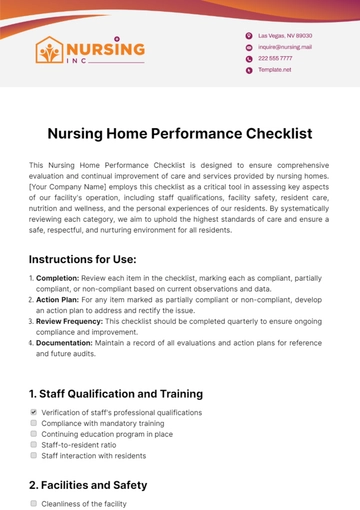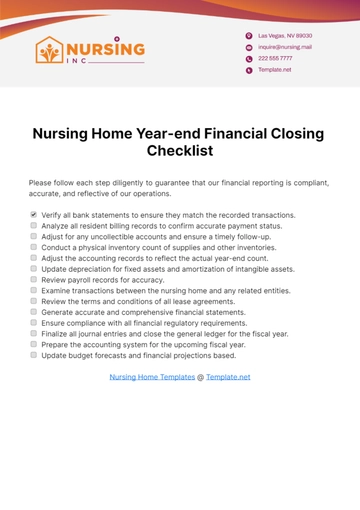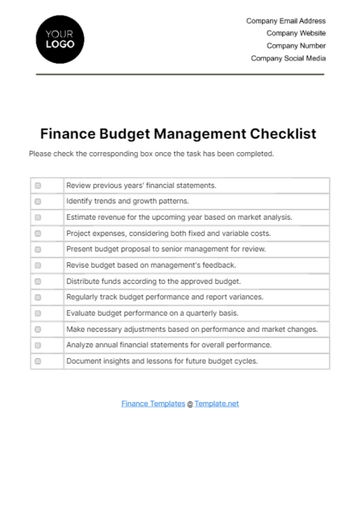Free Nursing Home Safety Protocol Checklist
Ensure adherence to safety protocols in nursing homes with Template.net's Nursing Home Safety Protocol Checklist Template. Editable in our AI Editor Tool, this customizable template provides a structured format for evaluating the implementation of safety measures such as infection control, emergency preparedness, medication management, and fall prevention. Enhance safety standards with our user-friendly template!






























